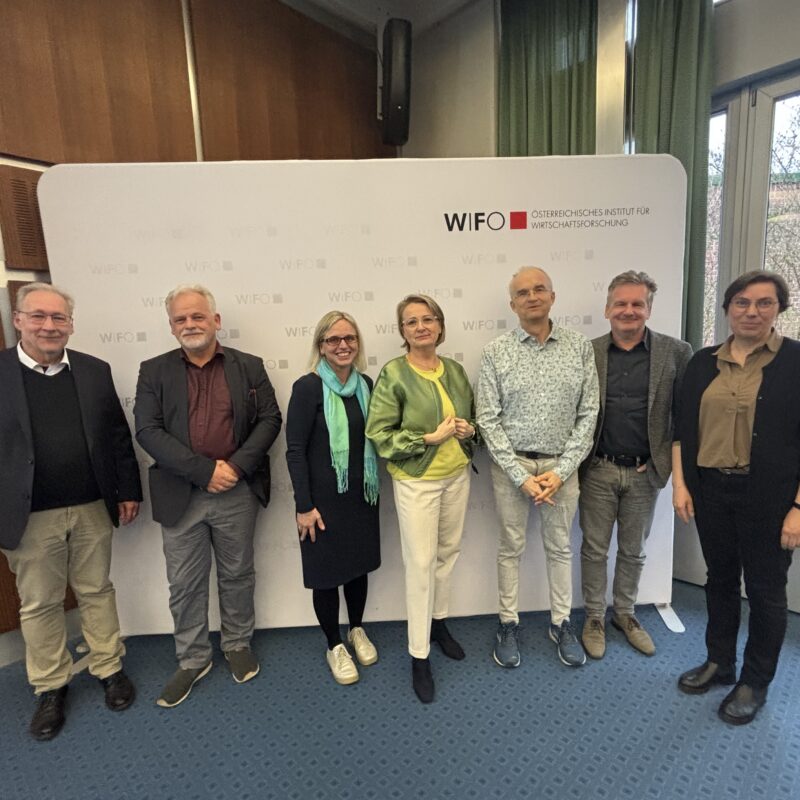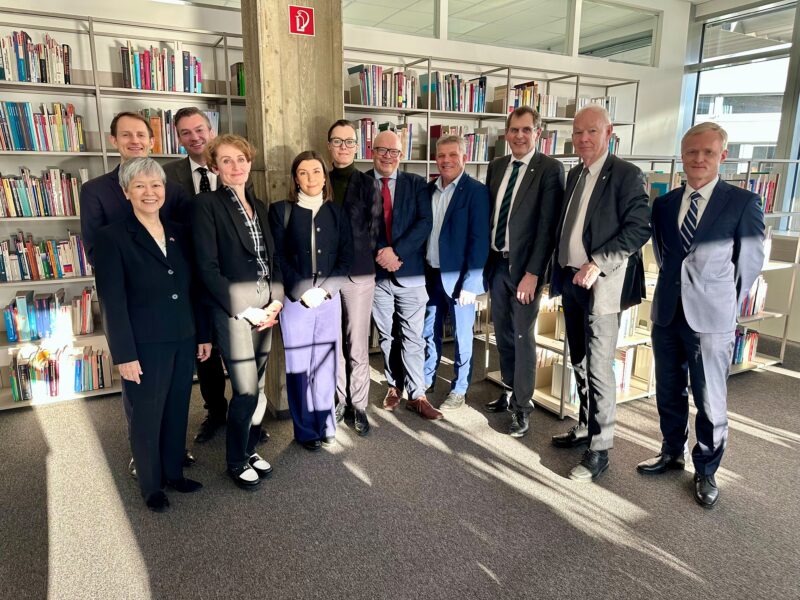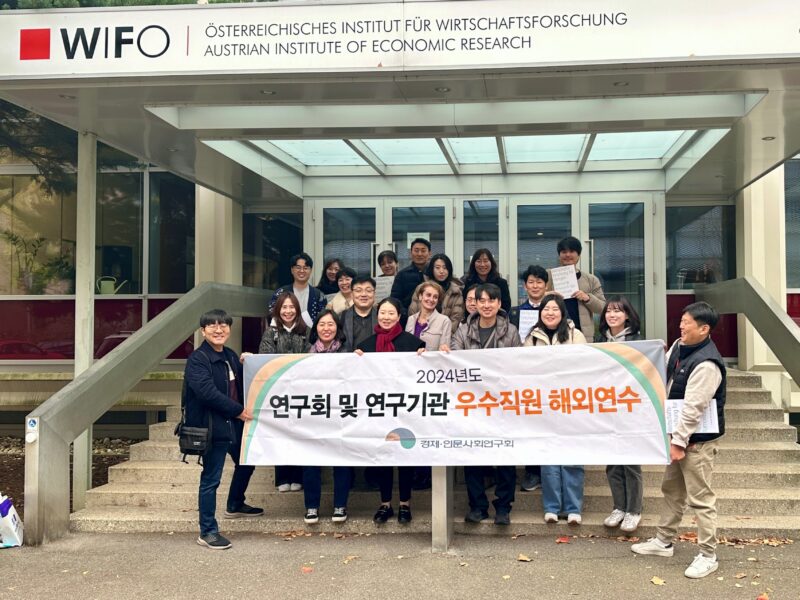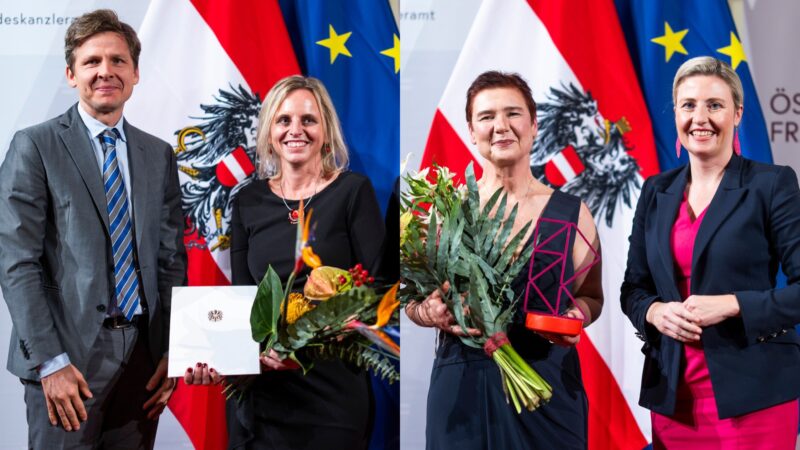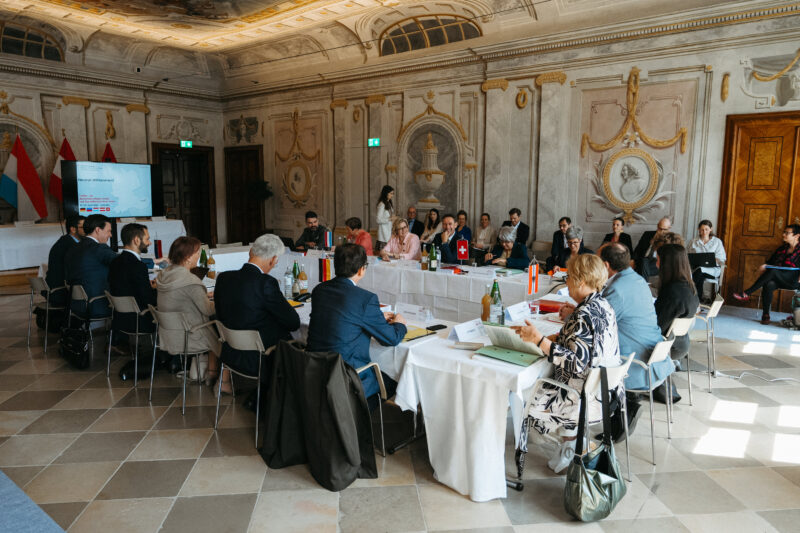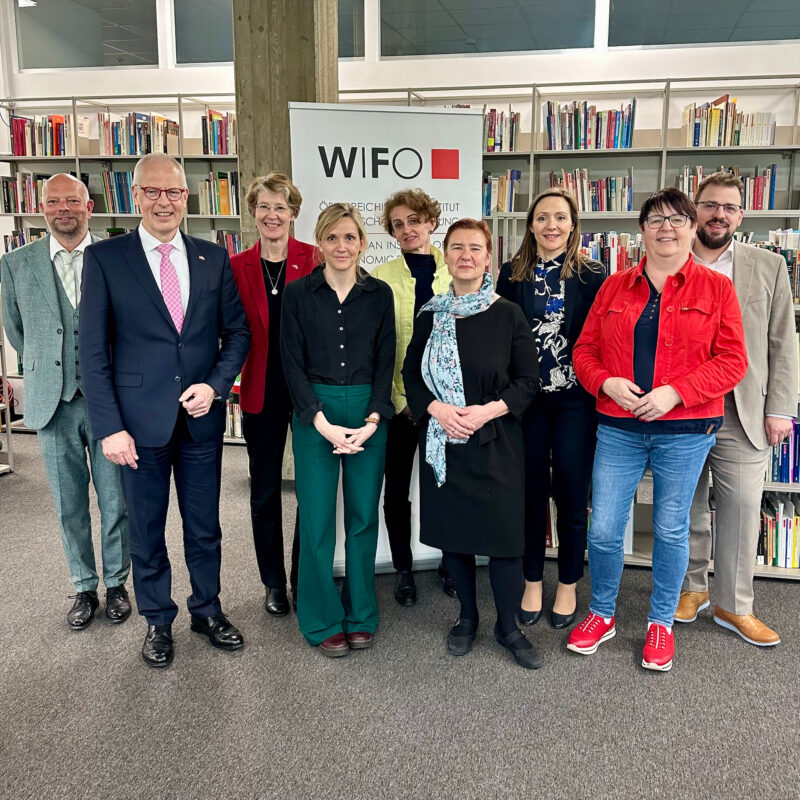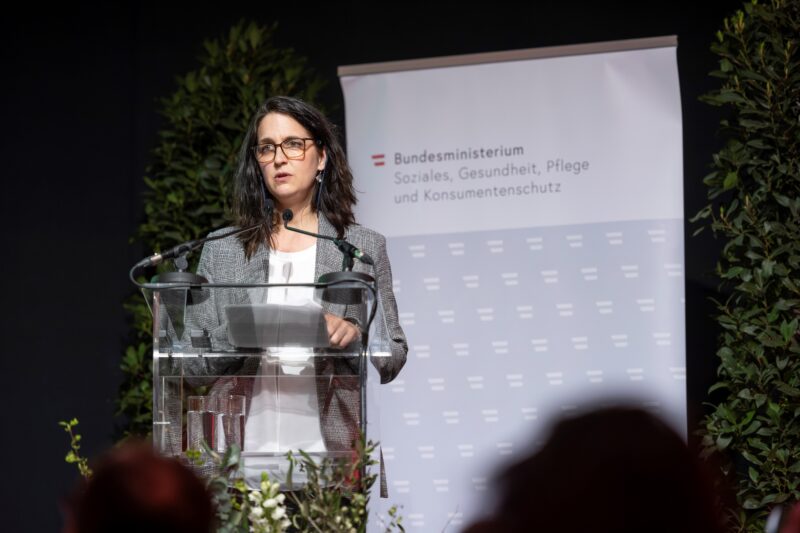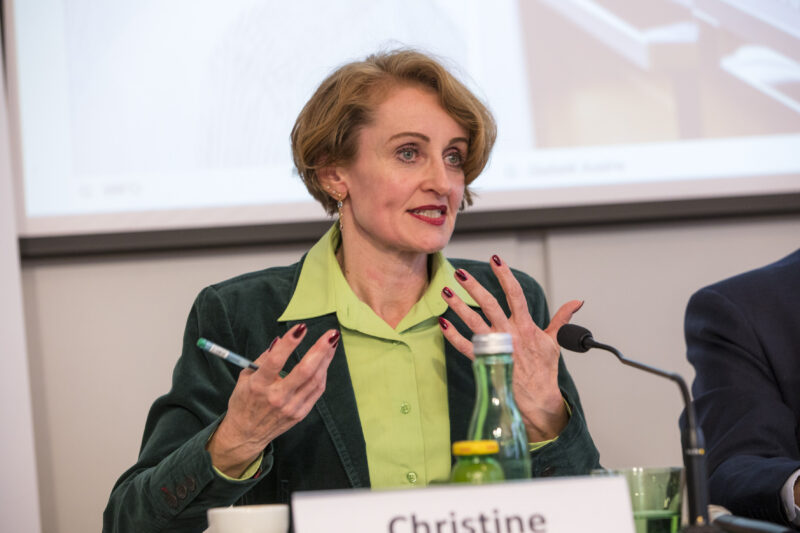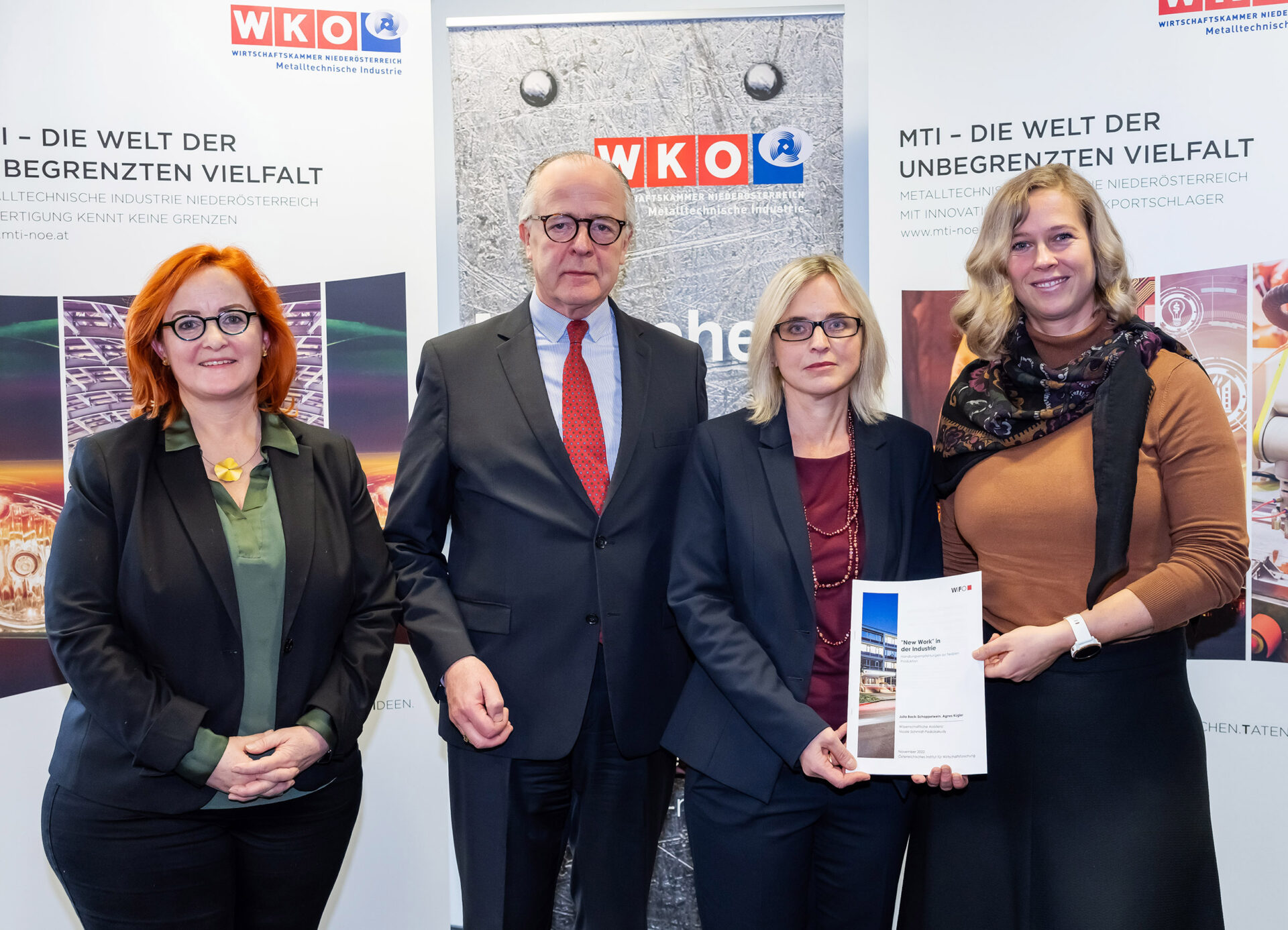
New Work in Lower Austria's Industry
Order fluctuations, supply chain issues and labour shortages are currently presenting Lower Austria's industry with increased challenges. The recruitment of new workers is thus gaining additional importance, as are new ways of retaining employees.
The broad-based WIFO study analysed possible strategies and identified 39 examples of good practice. "Four thematic blocks emerged as focal points for successful new work approaches: organisation of working time and workplace design, qualification and work culture," said study authors Julia Bock-Schappelwein and Agnes Kügler at the presentation of the study at the dormakaba company in Herzogenburg.
Organisation of working time
With regard to the organisation of working time in shift operations in production, there is a particular trend towards greater flexibility and a combination of different shift operation models (3-day, 4-day or 5-day), as well as the integration of part-time employees into shift planning. An interesting alternative is also the so-called "Tagesportionenprinzip", in which units themselves determine how they complete their tasks for the respective day.
Workplace design
In terms of workplace design, the example of co-working spaces in industry – i.e., the joint use of production facilities in areas such as laboratories, maintenance, toolmaking or even training rooms by several companies – can be used to demonstrate new ways of designing company infrastructure that increase the attractiveness of individual companies as employers. The same applies to the joint use of facilities such as canteens or training rooms.
Qualification
In addition to apprenticeships, the study focuses in the area of qualification on as many opportunities as possible for employees to work in the company and on additional qualifications for specialists. The combination of specific and general skills in one person increases the range of activities and thus the ability to respond flexibly to order fluctuations.
Work culture
Reward systems for the current workforce have proven promising in recruiting new employees. The existing workforce recruits new employees as ambassadors for the company. Furthermore, criterion-based or success-dependent remuneration systems, offers for health promotion or support services in crisis situations and flexibility in the organisation of working hours are encouraged.
"No patent remedies"
An accompanying company survey also shows that companies that state that they currently have no problems finding or retaining employees attribute this in particular to apprenticeship training in their own companies. "It shows once again that apprenticeship training is a real and far-reaching investment in the future for our companies," says MTI NÖ chairman Veit Schmid-Schmidsfelden. "However, this also means that apprenticeship training as initial education must be followed by targeted further training measures in order to stay up to date and be as broadly positioned as possible in terms of qualifications."
However, it is clear that there is no universal patent remedy when it comes to responding to fluctuations in orders and recruiting and retaining skilled workers and employees in general, emphasises Elfriede Hell from the "New Work" working group of the WKNÖ MTI group. "In detail, each company has to find the best way for itself. After all, companies are highly diverse in terms of their respective requirements and conditions. With the results of this study, however, we are providing them with food for thought and opportunities that they can use for themselves and that can open up new paths for them."
Publications
Please contact








